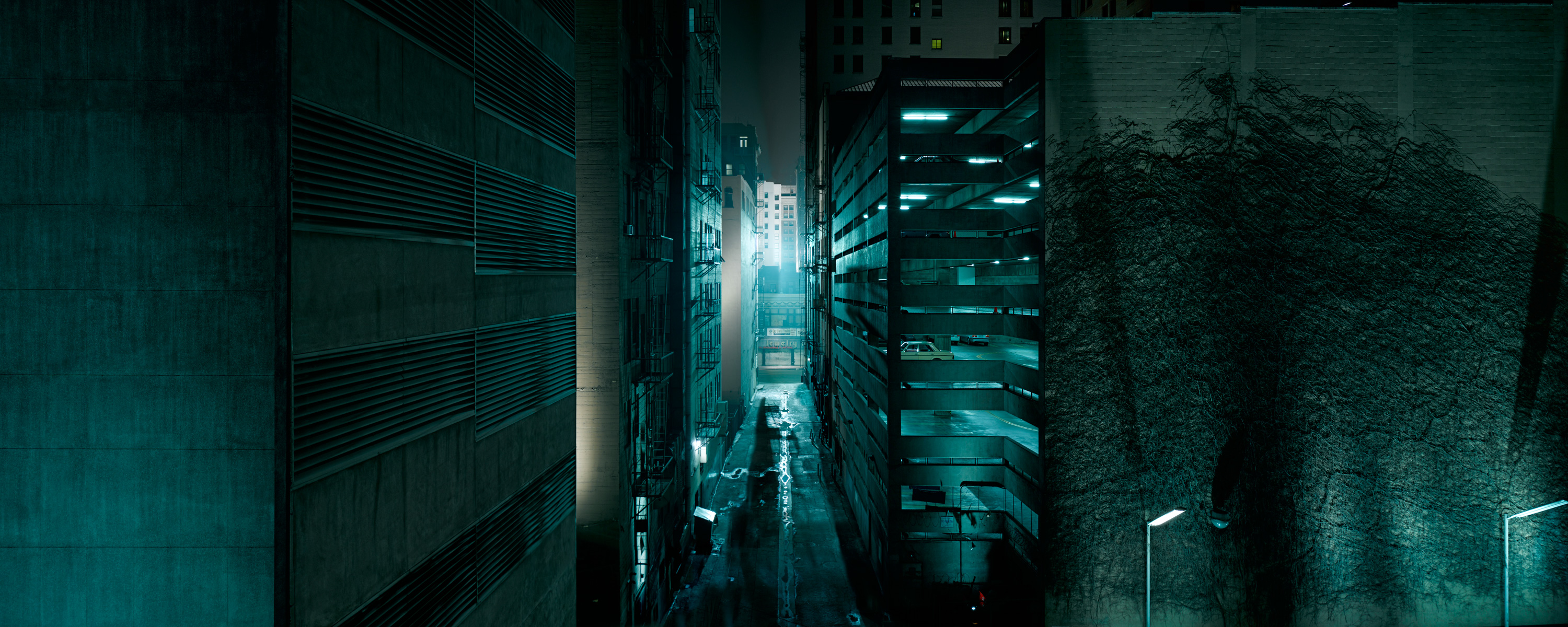One local evening shoot for Beat Frutiger on Live Free or Die Hard changed everything. Goodbye film. Hello digital. Just another picture story from Richard Lund, translite photographer.
I make translites. Have for 31 years this month. I spent the first 27 years of my career taking pictures with large format cameras, more than 99% were 8X10 inch sheet film. I had been looking at digital cameras for years, but it just did not seem like I would ever get enough pixels or definition. But finally in 2007, something happened. A rigid camera body with the right movements was adapted to take a high resolution camera back that was not tied to a computer, and some great wide angle lenses from my favorite glass maker, Schneider, were fitted to the front with helicoid focusing. Taken together, these things made it possible to shoot the same kind of pictures that I had always taken. I did not need my old Toyo camera with its hundreds of pounds of supporting stuff any more. I never thought it would happen, but it did.
After I got the new system for translite photography, I was sure that I still needed to have both formats. But one cool Los Angeles evening, everything changed. Art director Beat Frutiger had asked me to shoot a new translite for a Bruce Willis franchise picture called Reset. (Live Free or Die Hard in release) I needed to shoot an alley at night. They were going to light it for me and do some of their principal work the same night. I could not shoot from a building because there was no suitable window vantage point and would be up 40 feet on a scissors lift instead. But to accomodate the set’s needs, I had make the alley appear wider. I had figured out that I needed to make a lateral move to shoot two positions. This would be the trick to make it work.
So I picked my distance and loaded both cameras onto the platform, went up to do the set up and discovered something disturbing. I could not get the platform to stabilize enough for the 8X10 body to stop moving. Holding my breath and a zen body stance was not enough. A light breeze added just enough to catch the bellows and bring a jiggle to the bubble on the camera back. I knew that if I shot with that camera, nothing would be sharp. So I ended up only using the digital camera. Hey- no bellows, just a small rigid body that I could even “shot bag” down. Successfully, I might add. I was able to shoot a lot faster as I did not need to let the film breathe in the moist air and the shorter focal lengths from the smaller format also meant that I could shoot at much wider f stops for a shorter exposure.
And so ended my career use of the 8X10 camera. I loved the big ground glass, but the rest of it…the weight, the film holders, loading and unloading, the lab runs, the processing, printing, hand numbering, scanning, and all the rest, no. I don’t miss it one bit.


I also am moving away from film, slowly, but surely as most of what I shot is Digital other than traditional B&W film work and sometimes slides for museums because a lot of them still want slides for for some reason.
Nice post……….